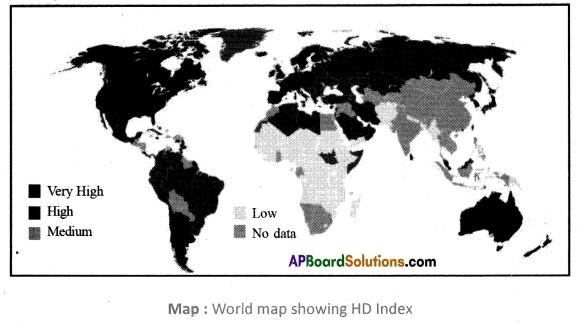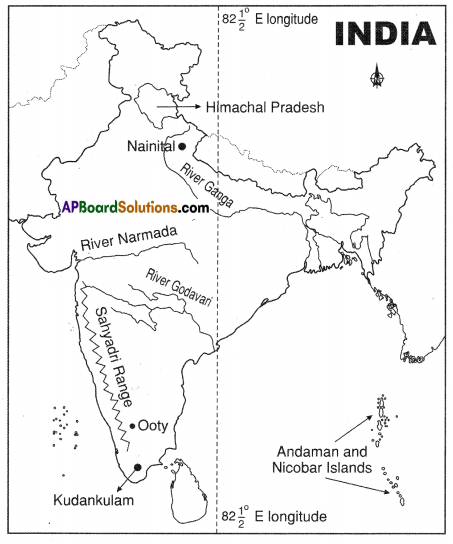AP State Syllabus AP Board 7th Class Science Important Questions Chapter 16 Forest: Our Life
AP State Syllabus 7th Class Science Important Questions 16th Lesson Forest: Our Life
7th Class Science 16th Lesson Forest: Our Life Important Questions and Answers
Question 1.
What happened to the habitat of a forest due to deforestation?
Answer:
- The natural habitat of a forest is lost when forests are cut down.
- Several types of organisms disappear (either die out or leave the place)
![]()
Question 2.
Why are forests very important for us?
Answer:
- Forests are renewable natural resources, which play an important role in the maintenance of ecological balance.
- They are an important source of timber, fuelwood, cane, resins, lac, oils, fruits, nuts, fire honey etc.
- The forests also have wild strains of cultivable crops and medicinal plants.
- If affected by a disease, the whole forest area is not destroyed.
- They provide habitat to wildlife.
- Forests help to control soil erosion.
- They help in causing rain.
- They keep the surrounding cool.
Question 3.
Why should not we cut the forests?
Answer:
- Forest is a place where there are many different trees.
- It is a home for wild animals.
- It also decorates the world.
- It is a very airy and shadowy place.
- We should not cut them to build factories, buildings etc or to grow crops, orchards etc.
Question 4.
Give a list of the trees, animals living in the forest areas of different districts in A.P and T.S.
Answer:

Question 5.
How is the destruction of forests taking place? What are the reasons for this destruction?
Answer:
- Usually, people destroy the forest for their own economic purposes for example, earning by selling trees and thus, excessive cutting down of trees or deforestation takes place.
- Deforestation also takes place when forests are cleared to construct buildings, roads,
industries etc. ‘ - Nowadays thermal, nuclear power plants, mining industries led by multinational companies are a major threat to forests throughout the globe.
- Often large parts of forests are also lost due to forest fires.
![]()
Question 6.
When led to the Chipko movement in history?
Answer:
- In 1730 AD about 350 Bishnois led by Amrita Devi sacrificed their lives to protect sacred green Kejari trees by hugging them when a king wanted to cut those trees later this was led to the Chipko movement in history.
- Thereafter this practice has been carry forward by people like Sunder Lai Bahuguna.
Question 7.
Narrate the story written by R. Ramya a student of VIII ofZPH School, Nellore.
Answer:
- There is a school in a village. The school has no boundary wall. The Headmaster arranged for the construction of a boundary wall with the help of higher authorities.
- They were measuring the boundaries.
- There was a mango tree in the school. The tree was on the boundary line. A person staying next to the school argued that the tree belonged to him.

- The children studying in the school had been playing, reading, having lunch etc for years under the tree.
- The children came to know that the person sold the tree. It was going to be cut very soon. They tried to convince that person not to remove the tree, but he adamantly denied the children’s request.
- Neelima who was studying class VII was worried about it.
- She thought throughout the night and got an idea. The next morning she told the idea to her friends. They
collected money from their savings. - All the children went into the village and collected some more money. They went to that person and gave him all the money they collected.
- Seeing the concern of the children, the person agreed that the tree would not be cut.
![]()
Question 8.
Write about the forest fire.
Answer:
Forest fire:
- Forest fire occurs naturally and sometimes with human interference. It requires more time to control forest fire.
- Heavy loses are incurred because of the rapid spread of fire.
- The people who live in forest region should be alert in order to escape the danger of forest fire.
Question 9.
Write the names of some famous forests in our country. How are they now?
Answer:
- In ancient times the country was famous for its dense and continuous forests like Dandakaranya, Panchavati, Nallamala etc.
- But with the advance of civilization through ages, most parts of these forests are gone now.
Question 10.
Why are forests has been cut down?
Answer:
Forests have been cut down at a very fast rate in the past hundred years and replaced by industries, orchards (plantations of fruit-bearing plants) or those needed for timber or other economic needs, croplands etc.


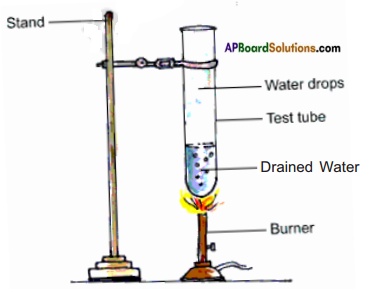

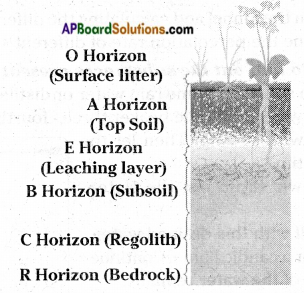
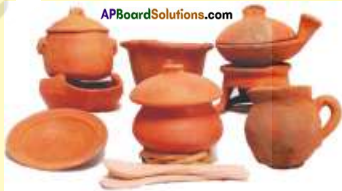


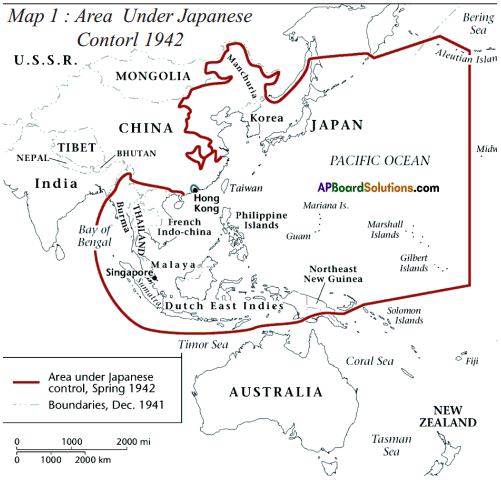 Name any one country that shared land boundary with India and not under the control of Japan.
Name any one country that shared land boundary with India and not under the control of Japan.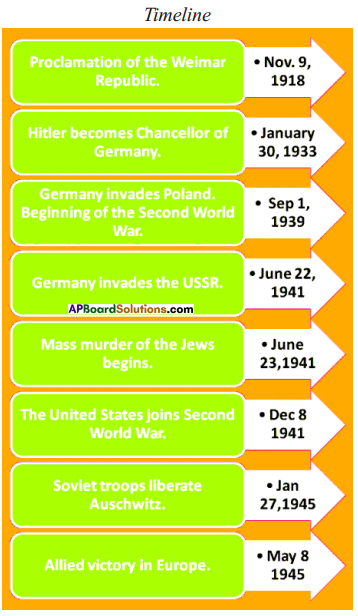
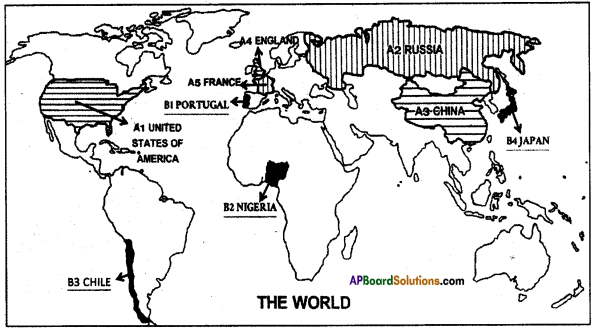 Question 3.
Question 3.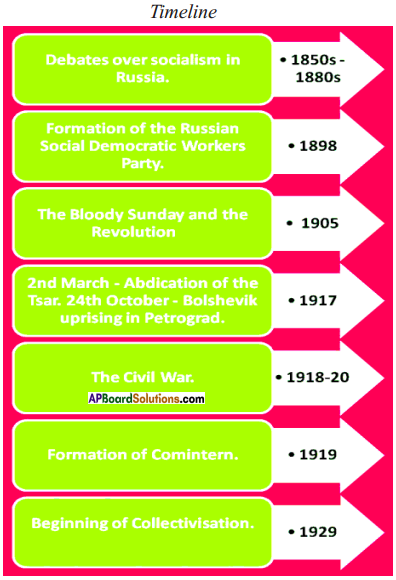

 Answer:
Answer: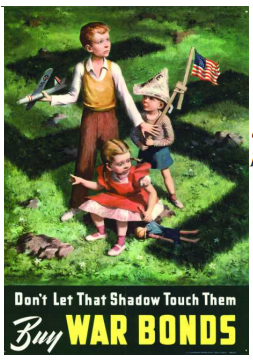
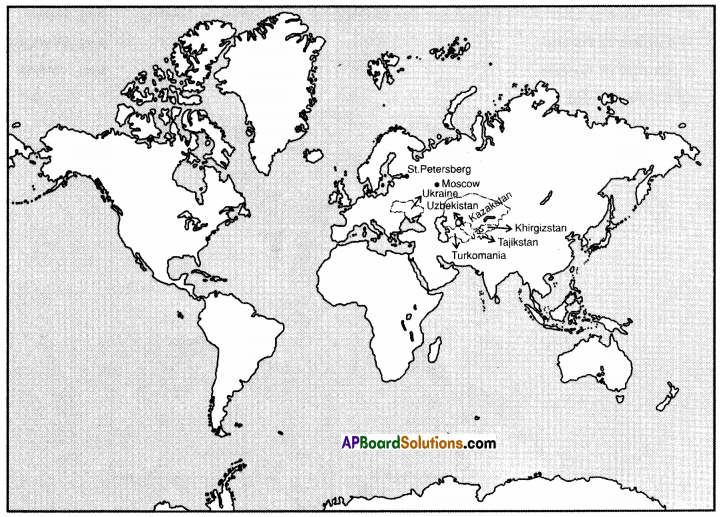
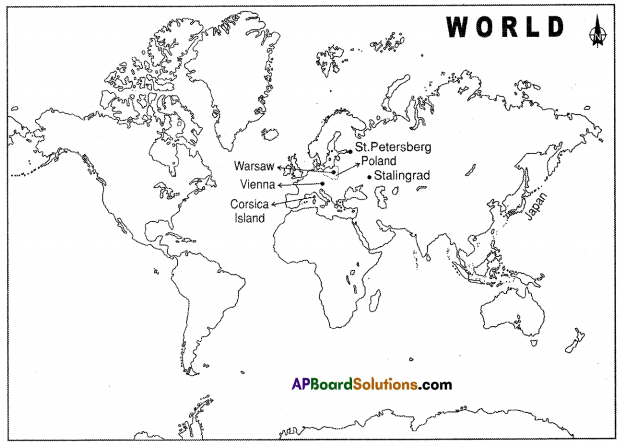
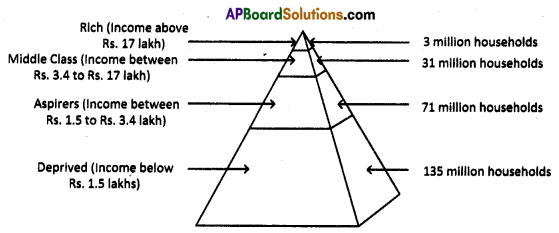 Write a brief note on the inequality in India based on the graph.
Write a brief note on the inequality in India based on the graph.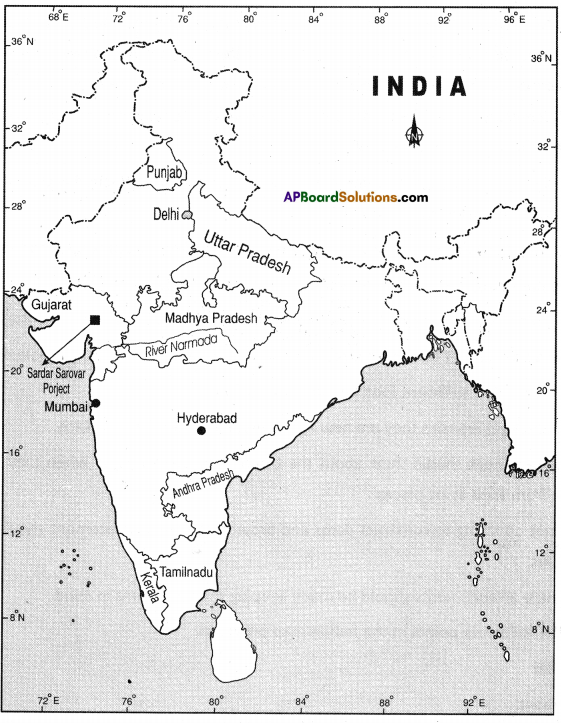
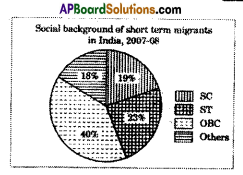

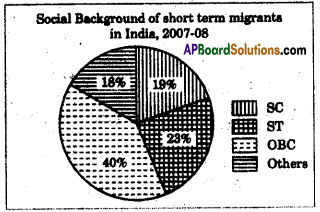 Answer:
Answer:
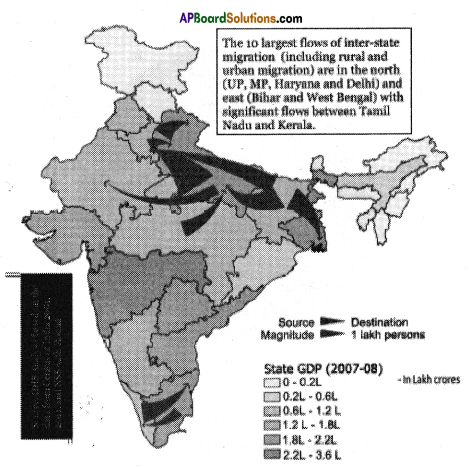 Answer:
Answer: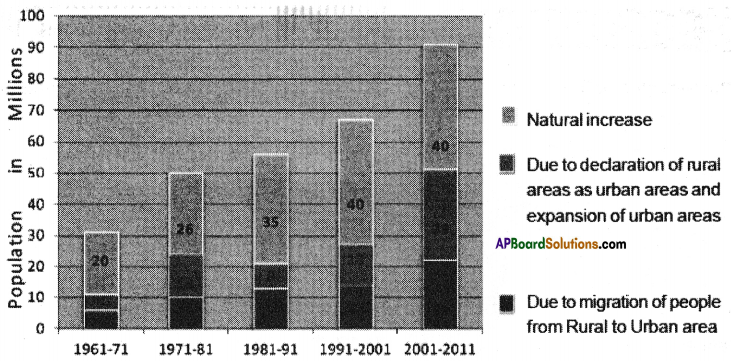

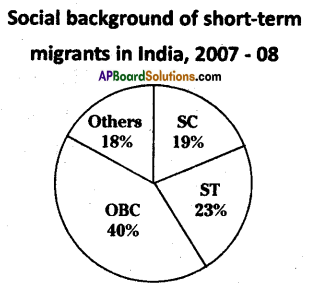 Write a paragraph analyzing it.
Write a paragraph analyzing it.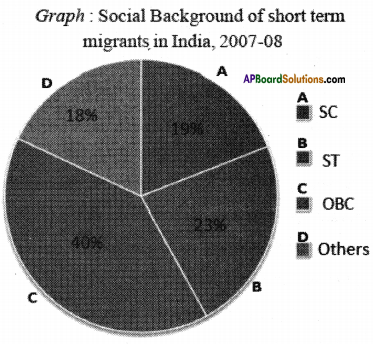
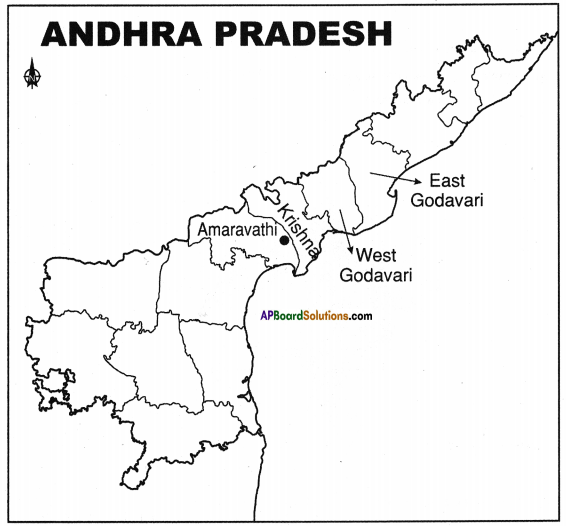
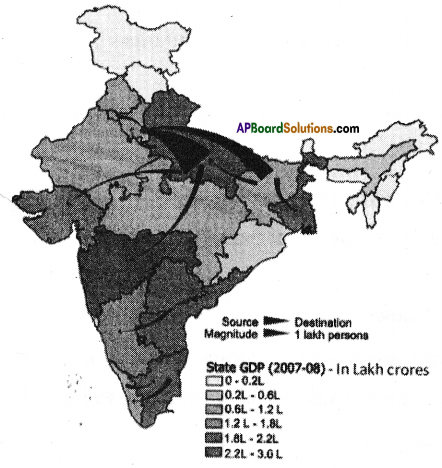
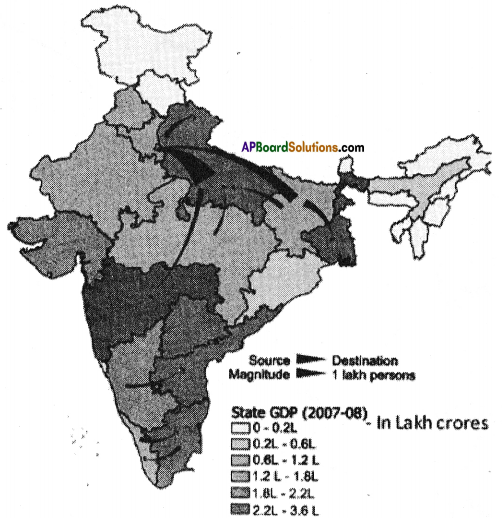
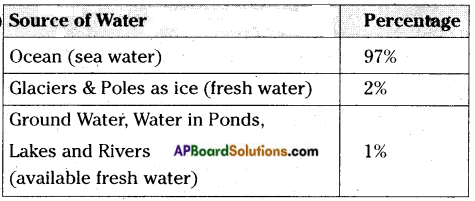

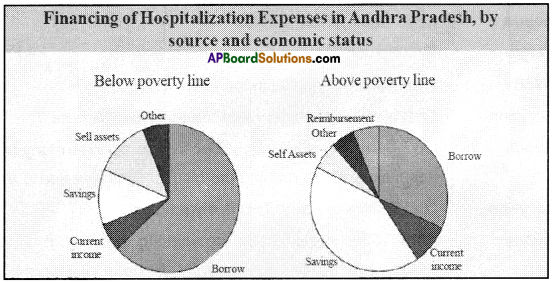 Answer:
Answer: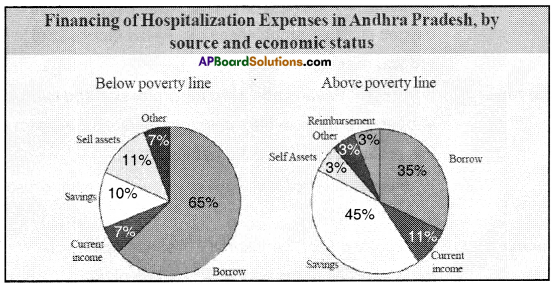

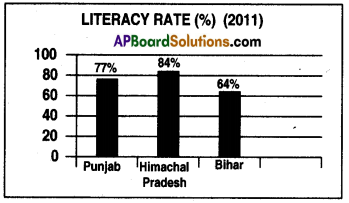 Observation:
Observation: